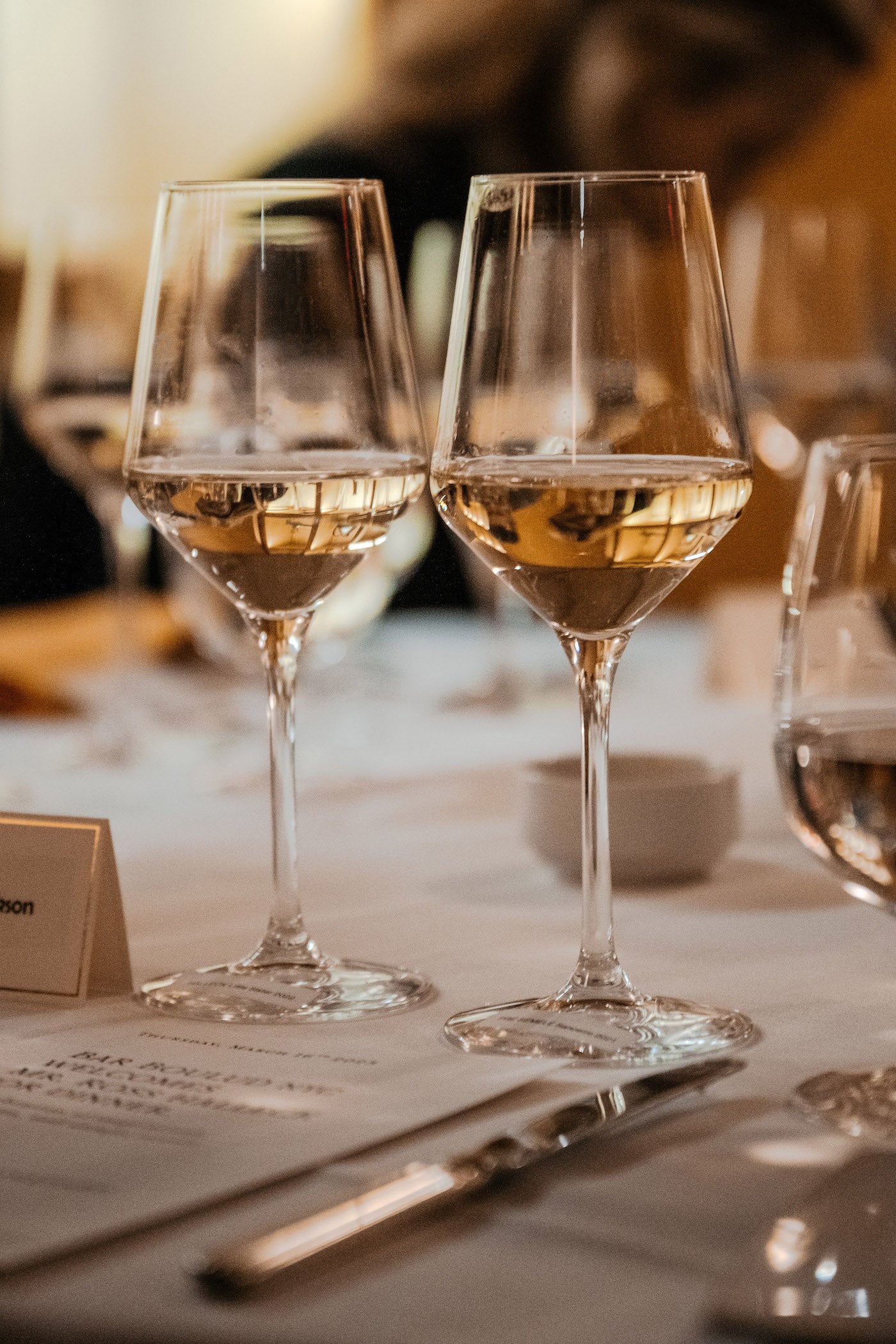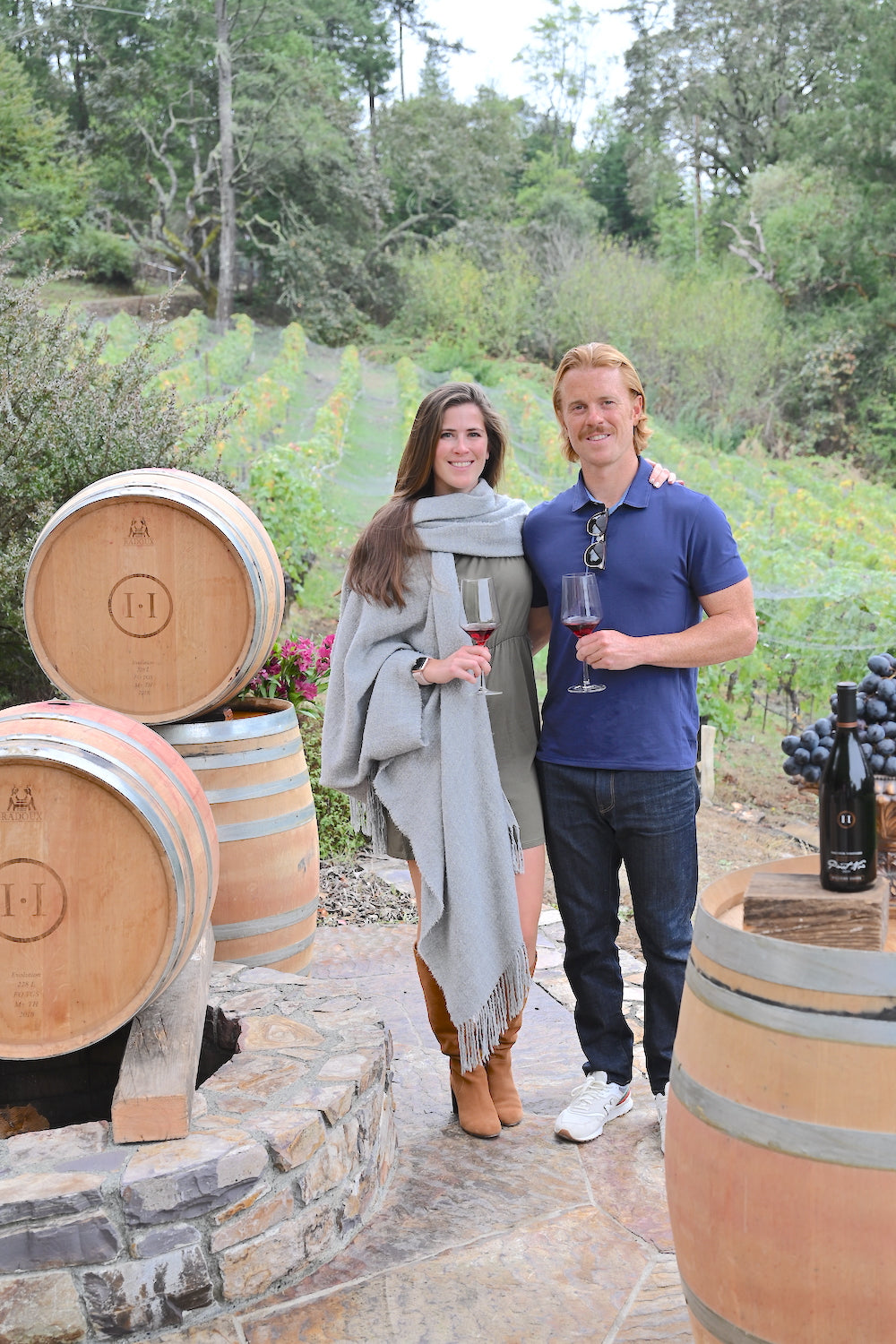Elegant Wine Tasting Locations In Sonoma - Greatest Wine Tasting Locations In Sonoma
Elegant Wine Tasting Locations In Sonoma - Greatest Wine Tasting Locations In Sonoma
Blog Article
Wineries Offering Virtual Wine Tastings - Sonoma Vineyard Tours
Wine tasting is an art that mixes sensory experience with an appreciation for the nuances of different varietals. How to judge flavors in winery wine tasting classes is pivotal to grasping the complexities of wine.
Engaging in a wine tasting entails more than merely sipping and savoring. It requires a focused strategy to determine aromas and flavors that each wine presents. As you start, observe the wine's look, noting its color and readability. These visual cues usually suggest a wine’s age, grape selection, and even potential flavor profiles.
The next step in the tasting process is to swirl the wine in your glass. This motion releases aromatic compounds that are very important for analysis. Lean in and take a moment to inhale deeply; the aromas can range from floral and fruity to spicy and earthy. The nostril of the wine is just as important as the palate, and recognizing scents plays a significant role in understanding the overall experience.
When taking your first sip, allow the wine to maneuver throughout your palate - Popular Wineries With Outdoor Seating In Sonoma. Notice the initial flavors that present themselves. Is the wine fruity, floral, or perhaps herbaceous? This preliminary taste gives insight into what the wine is more doubtless to express as you proceed to evaluate it. The mouthfeel also contributes to the general flavor experience; it can be silky, tannic, and even effervescent.
Wineries With Live Music Events Occasionally - Greatest Wine Tasting Locations In Sonoma
As you proceed tasting, pay attention to the wine’s balance. A well-balanced wine will harmonize acidity, sweetness, and tannins. If one component overwhelms the others, it might point out a much less desirable high quality. Evaluating steadiness might help you determine how properly the wine would possibly pair with food.
Transitioning to the end, contemplate how the flavors evolve as the wine lingers in your palate. A lengthy, nice end can point out a high-quality wine, whereas a short or abrupt end may suggest in any other case. Reflect on whether the flavors stay consistent or if new notes emerge because the wine settles. This development can reveal complexities and intricacies that might not have been apparent in the initial tasting.
Temperature can be an important consider evaluating wine flavors. Completely Different forms of wine are optimally loved at specific temperatures. White wines usually shine when chilled, whereas red wines typically perform greatest at room temperature. When tasting, make certain the wine is at the acceptable temperature to completely appreciate its character.
Wineries With Unique Wine Blends - Family-Owned Wineries In Sonoma
Pairing food with wine can tremendously enhance the tasting experience. Meals can influence the perception of flavors in wine, either highlighting certain characteristics or diminishing them. When evaluating flavors, think about how the wine interacts with totally different meals, noticing which flavors are amplified or muted (Wineries With Scenic Views).

Contemplate the influence of terroir as you interact in a winery tasting. Terroir encompasses the distinctive environmental elements that affect grape growing, including soil composition, climate, and geography. Understanding a wine's terroir can present insight into its flavors and aromas, fostering a deeper appreciation for the alternatives made throughout its cultivation and production.
Training performs a elementary role in enhancing one's capability to gauge wine flavors. Studying about grape varieties, wine regions, and manufacturing methods can pave the way for more knowledgeable judgments throughout tastings. Additionally, attending workshops or classes can refine sensory skills and increase your flavor vocabulary, enabling you to articulate tasting notes extra successfully.

Finally, it's important to remember that evaluating wine flavors is a extremely personal experience. Particular Person preferences and perceptions will invariably form one’s tasting journey. Enjoyment ought to be on the forefront, with the evaluation course of acting as a device to boost understanding and appreciation rather than create rigid guidelines.
Vintage Wine Tasting Experiences In Sebastopol - Winery In The Sonoma Wine Region
In conclusion, mastering how to consider flavors in winery wine tasting periods entails a combination of sensory engagement, data, and practice. By studying to identify aromas, assess the steadiness, and appreciate the intricacies of flavor, wine enthusiasts can deepen their connection to every bottle they encounter. As with any art form, the extra one immerses themselves in the experience, the extra they will uncover and benefit from the vast world of wine.
- Start by observing the wine's colour and readability, as these visual parts can hint at its flavor profile and aging potential.
- Swirl the wine gently in your glass; this releases fragrant compounds, permitting you to higher identify the advanced scents associated with the wine.
- Take a deep inhale before tasting, specializing in each primary and secondary aromas to assemble insights on fruits, spices, and other nuances.
- When tasting, enable the wine to coat your palate; note the initial flavors, the mid-palate complexity, and the finish as these phases can provide different flavor highlights.
- Pay attention to texture and mouthfeel, as features such as tannin levels, acidity, and sweetness contribute considerably to the general tasting experience.
- Evaluate flavors against commonplace wine characteristics; for pink wines, contemplate berry notes, oak affect, and herbal tones, while whites may embrace citrus, stone fruits, and floral hints.
- Take notes during the tasting session to track your impressions, helping you to recollect and consider the different wines sampled.
- Discuss your findings with fellow tasters or winery staff, as sharing insights can improve understanding and appreciation of particular person flavors.
- Permit time for the wine to breathe; typically, flavors evolve and reveal new dimensions after being uncovered to air.
- Experiment with food pairings through the tasting as they will dramatically alter how flavors are perceived, influencing overall enjoyment.undefinedWhat ought to I search for when evaluating the aroma of wine throughout a tasting?
Start by swirling the wine in your glass to release its aromas. Bring the glass to your nose and take a deep breath. Pay consideration to the primary scents you detect, as these are often the most outstanding. Look for fruit, floral, herbal, or earthy notes and try to determine specific characteristics, which is in a position to deepen your understanding of the wine's complexity.
Wineries With Beautiful Architecture - Iconic Wineries Of Sebastopol

How can I distinguish between totally different flavor profiles in wine?
Understand that flavor profiles are often categorized as fruit, floral, herbaceous, spicy, or mineral. Take small sips and allow the wine to coat your palate. Notice the primary flavors that emerge first and the subtle notes that observe. This layering is crucial in distinguishing the wine's traits and can assist you to respect its unique profile.
Wineries Renowned For Cabernet Sauvignon In Sonoma - Wine Tasting And Vineyard Tours In Sonoma
What is the significance of the wine's texture in a tasting?
The texture of the wine, also called mouthfeel, performs a vital role in how we understand flavors. Pay attention to whether the wine feels clean, creamy, or gritty. The body of the wine (light, medium, or full) can improve or contrast with flavors, providing a extra rounded experience during tasting.
How do I assess the steadiness of flavors in wine?
Stability in wine refers to the concord between acidity, sweetness, tannin, and alcohol. Take a second to evaluate whether or not these components complement or interfere with each other. A well-balanced wine will have none of its elements overpowering the others, creating a pleasing tasting experience.
Wineries That Welcome Walk Ins - Wineries For Casual Tastings In Sonoma
What position does temperature play in evaluating wine flavors?
Temperature can considerably influence the perception of flavors. Usually, red wines are finest served slightly beneath room temperature, whereas white wines benefit from being chilled. As the temperature adjustments, the aromas and flavors can shift, permitting you to understand totally different traits. It’s essential to taste wine at its optimal temperature for true evaluation.
Intimate Wine Tasting Experiences In Sonoma - Sebastopol Wineries
How can I improve my tasting skills over time?
Practice is key to enhancing your tasting skills. Wineries That Home Page Offer Food Trucks On Weekends. Attend tastings, maintain a journal of your experiences, and explore different types of wines to broaden your palate. Additionally, learning about wine production and grape varieties can provide context that enhances your evaluation process, making you a extra knowledgeable taster.
Is there a particular order by which I ought to taste the wines?
Wineries Featuring Vineyard Tours - Sebastopol Wine Country
Sure, it’s advisable to taste wines from light to full-bodied and dry to sweet. This progression prevents the stronger flavors from overshadowing the extra delicate ones, allowing you to fully recognize each wine's traits and nuances with out palate fatigue.
How can I consider the aftertaste of wine?
Wineries Offering Private Events - Sonoma's Hidden Winery Gems
The aftertaste, or end, is an important aspect of the wine-tasting experience. After swallowing, pay consideration to how long the flavors linger in your palate and whether they change. A long, pleasant finish is commonly an indicator of a high-quality wine, while a brief or unpleasant end may suggest otherwise.
Why is it important to notice the wine’s acidity during tasting?
Acidity contributes to the general freshness and structure of the wine. Pay consideration to the tingling sensation on your tongue; larger acidity can enhance the wine's liveliness and balance out sweetness. Noting acidity helps determine the wine's versatility with food and its getting older potential.
What should I do if I battle to their website identify particular flavors in wine?
Wineries Offering Charcuterie And Wine Pairings - Vineyard Visits And Wine Tasting In Sonoma
Struggling to identify flavors is common, particularly for newbies. Focus on broader categories and describe what you can acknowledge, such as sweet or earthy notes. With practice, studying about different flavor profiles, and maybe using flavor wheels, you'll refine your senses and develop a extra nuanced method to tasting. Report this page